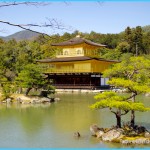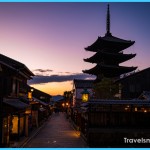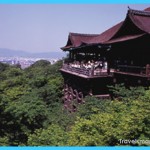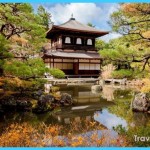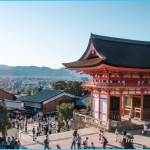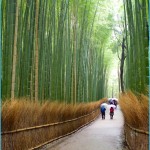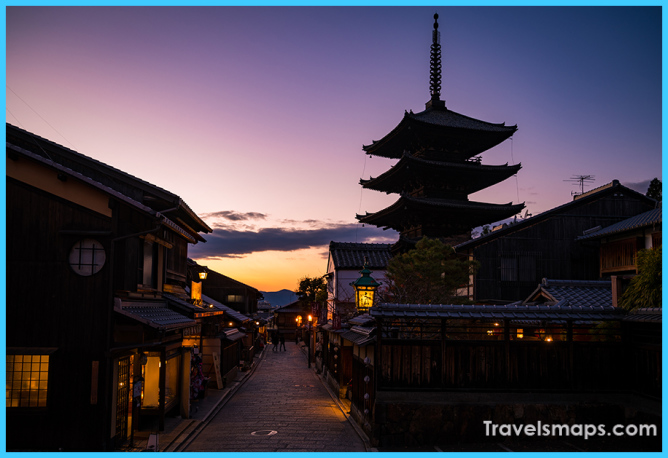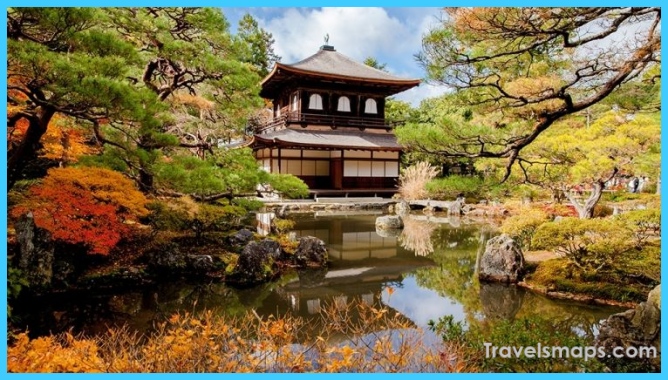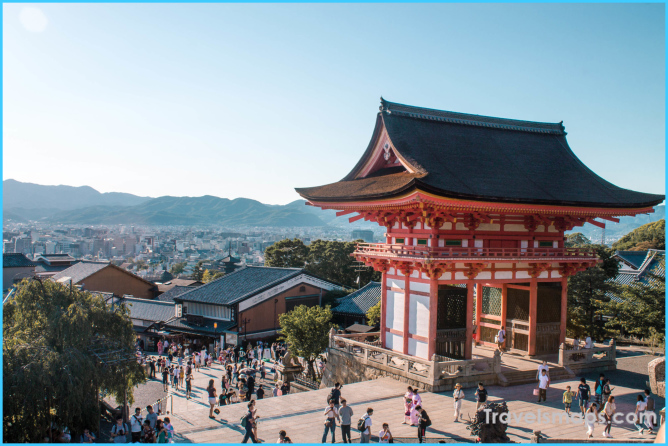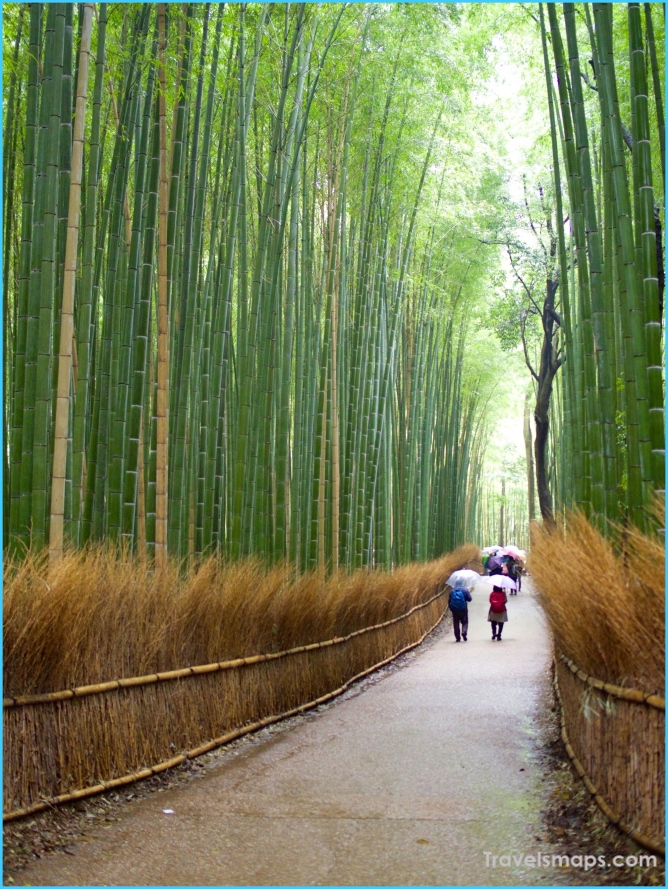
The Zen garden at Daitoku-ji’s Zuiho-in Temple receives careful daily attention to maintain its naturalistic and symbolic perfection. In a cultural treasure chest like Kyoto, which boasts seventeen UNESCO World Heritage Sites and hundreds of National Treasures and Important Cultural Properties, it is a wonderful challenge to plot a course of exploration. Among its thousands of Buddhist temples and Shinto shrines, certain Kyoto highlights demand a closer look and the chance for deeper contemplation. From Ryoan-ji, perhaps the world’s most famous Zen temple, to Kamigamo Shrine, one of Kyoto’s most sacred sites, the city’s gems warrant as much time as can be spared when considering the ancient capital’s uniquely rich mosaic.
Kyoto Highlights Photo Gallery
The Zen Buddhist temple complex of Daitoku-ji offers a staggering abundance of refined art, inspiring architecture, minimalist gardens, and innate spirituality. The warm otherworldly glow of Kinkaku-ji’s legendary Golden Pavilion is inspiring enough to overcome even the distracting abundance of selfie-seekers intent on proving they were there, though one may need to recover afterwards in the blessedly quiet temple gardens of nearby Toji-in. Venture further southward to experience the purity and perfection of Kyoto’s oldest wooden pagoda at Daigo-ji, constructed with uncanny skill centuries before Columbus sailed for the New World, and to step through the vermilion tunnels of sacred Shinto gates on Mount Inari.
Kiyomizu Temple
Kiyomizu-dera, the “Temple of Pure Water,” perched on imposing ridges of Mount Otowa in Kyoto’s eastern Higashiyama range, is a spectacular structure, an enduring symbol of the city’s spiritual hierarchy. The namesake crystal-clear flow of pure mountain spring water gushes from the mountainside “Sound of Feathers” waterfall in three silent streams that can be sampled with long-handled cups to quench the perpetual thirst for health, longevity, and wisdom. A great stage-like wooden veranda juts out from Kiyomizu’s Hondo Hall on an imposingly sturdy network of tall interlocking pillars and beams, ingeniously fashioned with nail-less precision. This veritable miracle of Japanese carpentry provides a sweeping panorama of the city, or a bird’s-eye view straight down on cherry and maple trees in the temple’s forested garden valley below.
Appearing often in Japanese literature and cinema, Kiyomizudera was originally founded in the 8th century and is now a World Heritage Site included in the Historic Monuments of Ancient Kyoto. The approach to Kiyomizu leads up a steep slope lined with busy shops that create a festival atmosphere, a noisy procession until suddenly the temple’s dramatic Niomon Gate and vermilion-lacquered pagoda can be glimpsed above. Climbing further, author Donald Richie was awed by Kiyomizu-dera’s massive temple halls, where “the great cypress-shingled roofs are continuations of the cryptomeria-covered hills.”
The Hondo Hall’s magnificent wooden veranda stands fast without a single nail.
Prayers at Zuigu-do Hall.
Reporting in after climbing above Romon Tower Gate.
An attendant dusts the black-lacquered wooden shitomido latticed shutters of Kaizan-do Hall.
Elaborate brackets support the roof eaves of the Romon Tower Gate.
Visiting Kiyomizu-dera is a centuries-old ritual.
An impeccably clad monk pays his humble respects.
A touchable bronze Kannon, deity of mercy and compassion.
A single candle at the center of worshipers’ incense.
The freshly lacquered Koyasu Pagoda overlooks Kiyomizu’s forested valley.
Maybe You Like Them Too
- The Best Places To Visit In North America For Christmas
- Faro Travel Guide: Map of Faro
- Mumbai Travel Guide For Tourists: Map Of Mumbai
- Travel to Budapest
- Thailand Travel Guide for Tourists: The Ultimate Thailand Map

